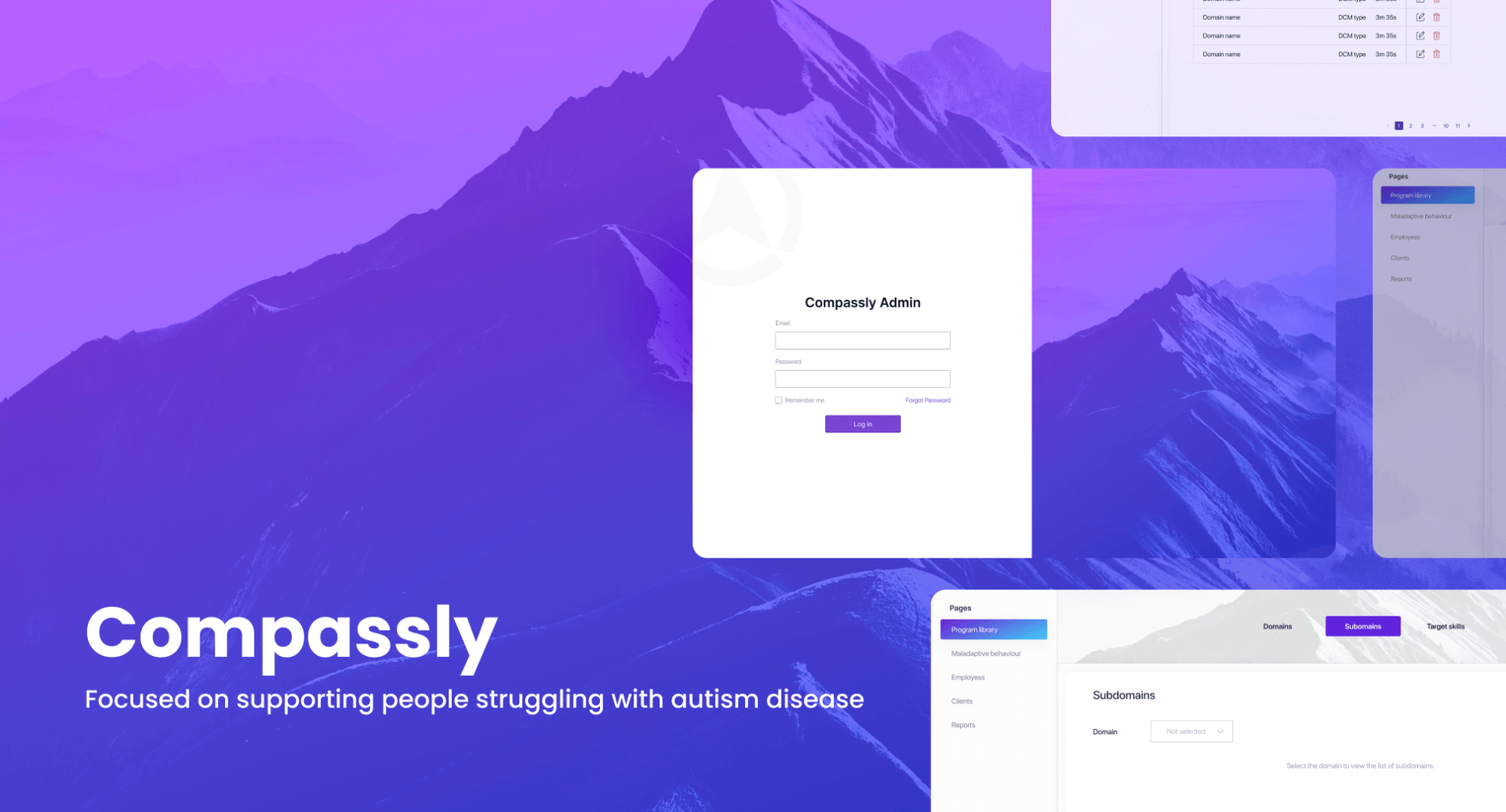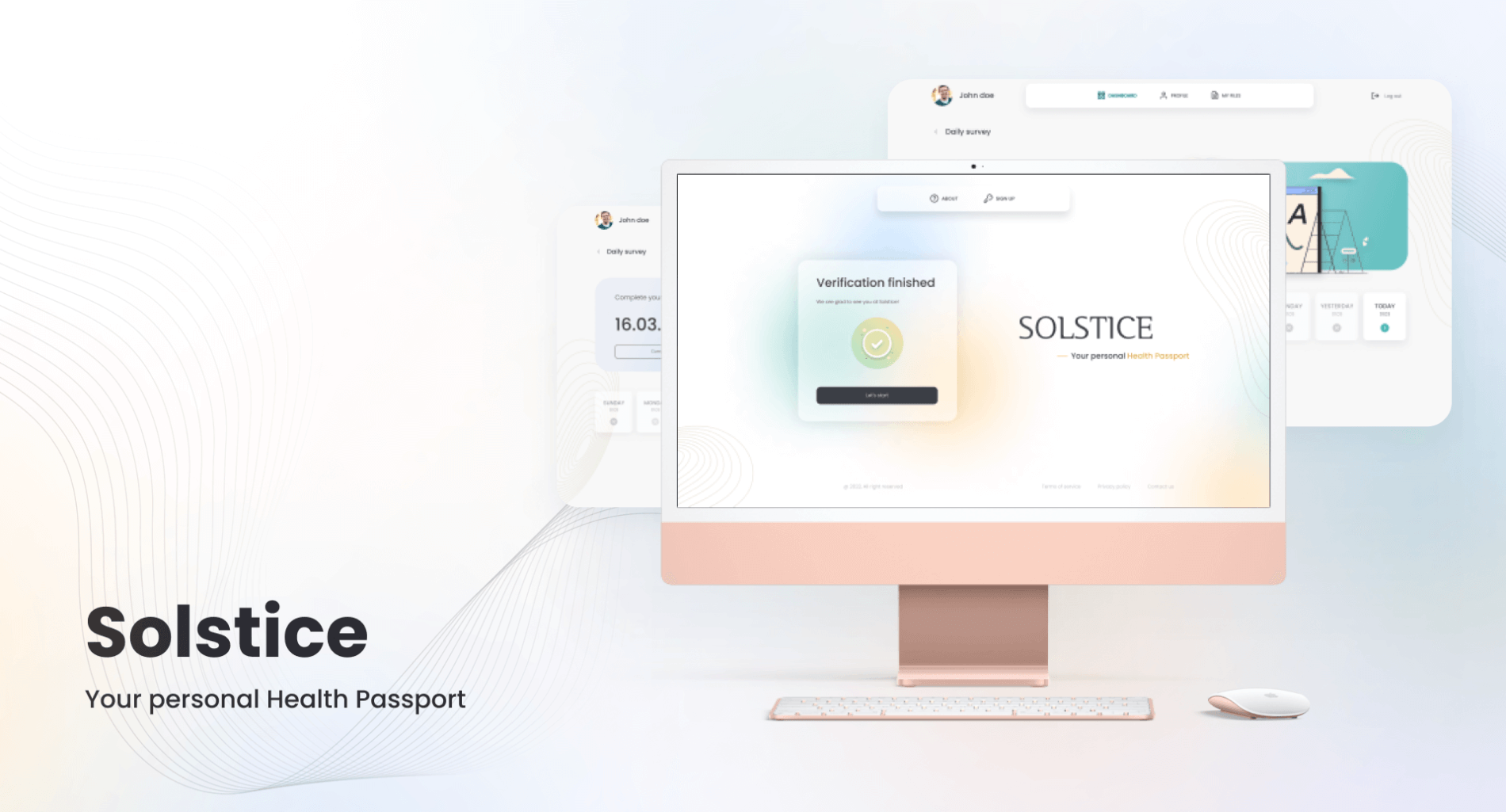No one could imagine a world where information isn’t available 24 hours a day and seven days a week. And it is especially crucial in the healthcare sector. Accurate and online available health records are what drive the healthcare ecosystem today, offering timely, higher-quality care. In contrast to traditional ways to store medical records of each patient in physical files, the Electronic Health Record (EHR) and cloud-based EHR software eliminate a huge amount of manual work and reduce human mistakes that may potentially harm a patient’s health.
Thanks to the growth of healthcare cloud services, private healthcare providers and hospitals adopting automated healthcare solutions opt for cloud-based software only. As a result, web-based EMR and EHR systems are now migrating or integrating cloud EHR solutions. Here, we collected in-depth insights into cloud EHR in general and cloud-based EHR system integration in detail.
 $28,652 Million
$28,652 Million
The global electronic health record market size was estimated at USD 28,652 million in 2022.
 4.4%
4.4%
The global EHR market is suggested to grow at a CAGR of 4.4% during 2022–2030.
 $40,435 Million
$40,435 Million
Experts predict that the electronic health market size will reach USD 40,435 million by 2030.
What is an Electronic Health Record (EHR)?
Electronic health record systems are medical IT solutions that are able to store a patient’s sensitive data, such as the history of diseases and treatment, test results, medical history, descriptions of chronic conditions, previous and upcoming vaccinations, and x-ray images.
An EHR system is usually confused with an electronic medical record, though these are different things.

EHR vs EMR: Is There a Difference?
An EHR system is a common practice in the US and the European Union.
Based on recent statistics, 96% of healthcare organizations have implemented this solution in Europe, so the number is similar to American medical establishments. In addition, this market is suggested to reach $37.13 billion by the end of 2025, compared to $24.82 billion in 2018.
There are several types of EHR systems that are used to manage patient data, such as cloud-based software and server-based/on-premise software. Cloud-based EHR is known as a health IT solution that uses cloud technology to store, exchange, as well as protect patients’ sensitive medical information.
The key difference between EHRs and EMRs is that EHR systems are maintained by several providers, while EMR systems are maintained by only one provider. Therefore, an EHR system usually contains more information compared to an EMR. Providers mostly use an EMR for treatment and diagnosis. An EHR system remains the most reliable way to handle sensitive data, reducing the load on servers on the premises and maintaining the operational costs of the health IT systems in hospitals.
Benefits of Cloud-Based EHR Integration
1. Easy Implementation, Optimization and Replacement
In contrast to in-house EHRs, cloud electronic health records systems usually do not require any hardware installation. Cloud-based EHR systems act as SaaS products, so they can be implemented without extra infrastructure in place. Therefore, hospitals can easily install, optimize the use, and replace the system in case it doesn’t fit projections or a budget.
2. Ability to Store Data in One Place
EHR allows the store and access of all the medical information of a single or a group of patients with the help of a unified solution, which is one of the main EHR benefits.
3. Advanced Search Features
Electronic health records are flexible and allow physicians to find the information they need quickly. The same goes for the EHR cloud-based software system.
4. Cost-Saving Option
The cloud-based nature of the EHR means reduced IT costs. As we mentioned, it doesn’t require hardware and infrastructure, and the cost of implementation is significantly lower when compared to regular EHR. Cloud-based EHR systems also do not require spending on such things as:
- New patches;
- Release licensing fees;
- Maintenance cost.
5. Reduced Resources Needed
Whether you have an in-house server or internal EHRs, you also require an experienced team to install, configure, run, test, and update both software and hardware. In the case of the cloud-based EHR, hospitals can set automatic updates, allowing them to always have the most up-to-date version of the software without manual effort.
6. Higher Accessibility
Accessibility has always been a challenge when talking about regular EHR. Cloud-based EHR allows physicians to access the EHT from anywhere given secure internet – an in-house EHR system can only be accessed from the physician’s office. This improves coordination and collaboration with different stakeholders and allows for a faster decision-making process.
7. Increased Data Safety
Security is a big concern in the healthcare sector, and it became even bigger when adopting EHR solutions. EHR systems collect identifiable information, like patients’ names, health data, addresses, social security numbers, lab tests, dates of birth, and the entire medical history when available.
Cloud service provider data centers are usually highly secure and well protected against outsider and insider threats through administrative, physical, and technical methods implemented and maintained by experienced staff.
A Technical Advisor and former Executive Chairman of Alphabet Inc. Eric Schmidt, at the 2018 HIMSS conference reports:
“Cloud services can offer sophisticated security controls, including data encryption and fine-grained access controls and access logging. Medical systems built using cloud services can provide web access to data, avoiding the need to store information on client devices.”
8. Scalability
Cloud-based EHR systems are easily scalable and can accommodate growth. For example, if you predict a growth in the number of staff, doctors, and patients, cloud-based EHR is a solution for quick and simple scalability without extra effort.
9. Interoperability and Data Exchange
Data exchange within several stakeholders allows for care optimization, insight exchange, and reduced issues. Cloud-based EHR systems allow all stakeholders to access data and exchange insights via a secure, single source.
We'll help you estimate your current healthcare ecosystem, plan a budget, and allocate an experienced team for the smooth EHR integration
Get a quote5 Steps to Integrate a Cloud-Based EHR System
-
Step 1: Set a Clear Roadmap
The first step will be performing a full assessment of your facility and its readiness to integrate an EHR. One of the main causes of botched EHR implementations is the inability of the hospital’s management to evaluate its needs from the outset. That is why it is best to involve high-level executives in the planning stage so they can accurately assess the current state of medical practices and capabilities.
-
Step 2: Virtualization
Complex applications like EMR can be delivered by offloading them into a virtual ecosystem. This virtual ecosystem helps isolate and secure big data sets for performing data analytics in the future.
At this stage, you have three main virtualization options to choose from:
App packages and streaming – here, the system will be deployed to a server and streamed to the endpoint as a package;
Hosted applications – The process is similar, though the app will be deployed to a virtual server;
Virtual desktops – these are specific solutions being deployed to virtual desktops with policy-based access to allow system administrators to visualize and control user actions.
-
Step 3: Define Budget Limits and Projections
A common downfall in EHR implementation is investing a massive amount of resources and getting lackluster ROI. Instead, a healthcare organization should look for lower-cost solutions and invest more in hiring a proper team for the implementation to be done.
A clearly defined budget that includes all the key elements of the process is the best way to avoid unexpected situations and mitigate risks as much as possible. Some elements that your budget should include are:
- System upgrades;
- Experienced consulting and/or development team;
- Custom consultancy;
- Training fees;
- Cloud migration costs, including backup and storage;
-
Step 4: Transfer Data
The next step will be data transfer from the existing legacy system. We recommend starting by analyzing and determining the best approach to ensure ease of use for both sides – patients and medical staff.
To speed up and simplify the data transfer process, consider the following practices:
- Define the migration parameters (elements that have to be transferred and the volume of the backup).
- Perform training for data entry staff. Build a workflow sheet for utmost clarity.
- Check and double-check that information has been inputted correctly.
- Store the paper charts safely.
-
Step 5: Go Live
Avoiding main hiccups involves performing testing of the new cloud-based EHR system within your local facilities through either a simulated scenario or production environment before going live. By this step, the following should be ready:
- Medical staff are already well-versed in the system’s features and their roles within the system;
- All crucial data should be migrated to the EHR;
- Established workflow for processes for each caregiver and department (billing, clinical documentation, appointment scheduling, and patient follow-up practices).
Irrespective of how comprehensive the testing stage was, you can also consider lowering patient volume to prevent staff anxiety on the launch day. Let clients know about the update and enlighten patients about ways in which this system serves and benefits them.
Security Considerations for Implementing Cloud-Based EHRs
The key document on which you should rely is the Health Insurance Portability and Accountability Act (HIPAA) security rule. It provides detailed requirements and guidelines for storing health information. Therefore, different levels of access control mechanisms are strictly maintained by defining what members can access the information.
Patients’ consent is also crucial. Every patient should be aware of where their sensitive medical data is stored and who can access it. It is also vital to notify the patients in advance and their consent is necessary if data is going to be used for any kind of processing.
Choosing a cloud based electronic health records system also involves checking a reputation of the cloud based EHR vendors and ending one with one who is well versed in requirements and legislation for EHRs.
Interexy’s Expertise in EHR Integration
Solstice is a secure, HIPAA-compliant healthcare marketplace designed to streamline data integration while prioritizing patient data ownership. Developed by Interexy, the platform enables therapeutic organizations to access encrypted medical records, including genome analyses and X-rays, without compromising security.
With advanced encryption, a three-key system, and secure storage via Pinata and 1upHealth, Solstice ensures strict compliance with healthcare regulations. Built using React and Node.js, the scalable MVP features smart filters and seamless data accessibility, fostering innovation in healthcare while maintaining the highest standards of security and privacy.

Get in touch to build a secure, scalable, and efficient cloud-based EHR system for your healthcare practice
Book a callFinal Thoughts
As you can see, cloud-based EHR systems provide a vast range of benefits that hospitals and clinics can enjoy. These systems can reduce infrastructure costs, increase flexibility, offer scalability, and improve the security of patient data; cloud-based EHR is a strategic investment that helps healthcare organizations meet their long-term goals. Book a call with our experts to evaluate your current infrastructure and explore how cloud-based EHR implementation can benefit your specific case.
FAQs on Cloud-Based EHR
-
What is the difference between EHR and EMR?
EHR (Electronic Health Records) and EMR (Electronic Medical Records) are often used interchangeably, but they have distinct differences. Cloud-based EHR systems store patient data in a centralized digital format, allowing access across different healthcare providers and facilities. In contrast, cloud-based EMR software is typically limited to a single practice and does not easily share information with other systems. While both improve efficiency, cloud-based EHR solutions offer broader interoperability and better patient data management.
-
What is a cloud-based EHR system?
A cloud-based EHR system is a digital healthcare solution that stores and manages patient records on secure cloud servers rather than on local servers. Cloud-based EHR software allows medical professionals to access patient data from anywhere, improving collaboration and operational efficiency. With cloud EHR, healthcare organizations benefit from automatic updates, enhanced security, and lower maintenance costs compared to traditional on-premise systems.
-
What are the three types of EHRs?
EHRs can be categorized into three main types:
- Cloud-based EHR systems – Hosted on remote servers, offering accessibility and scalability for healthcare providers.
- On-premise EHRs – Installed and maintained within a healthcare facility, providing full control but requiring high maintenance.
- Hybrid EHRs – Combining both cloud-based electronic health records and on-premise solutions to balance flexibility and security.
-
What is an EHR integration?
EHR integration software enables seamless data exchange between an EHR system and other healthcare applications, such as billing, lab systems, and telehealth platforms. Cloud-based EHR integration ensures that patient records are updated in real time across various systems, improving care coordination and reducing errors in medical data management.






